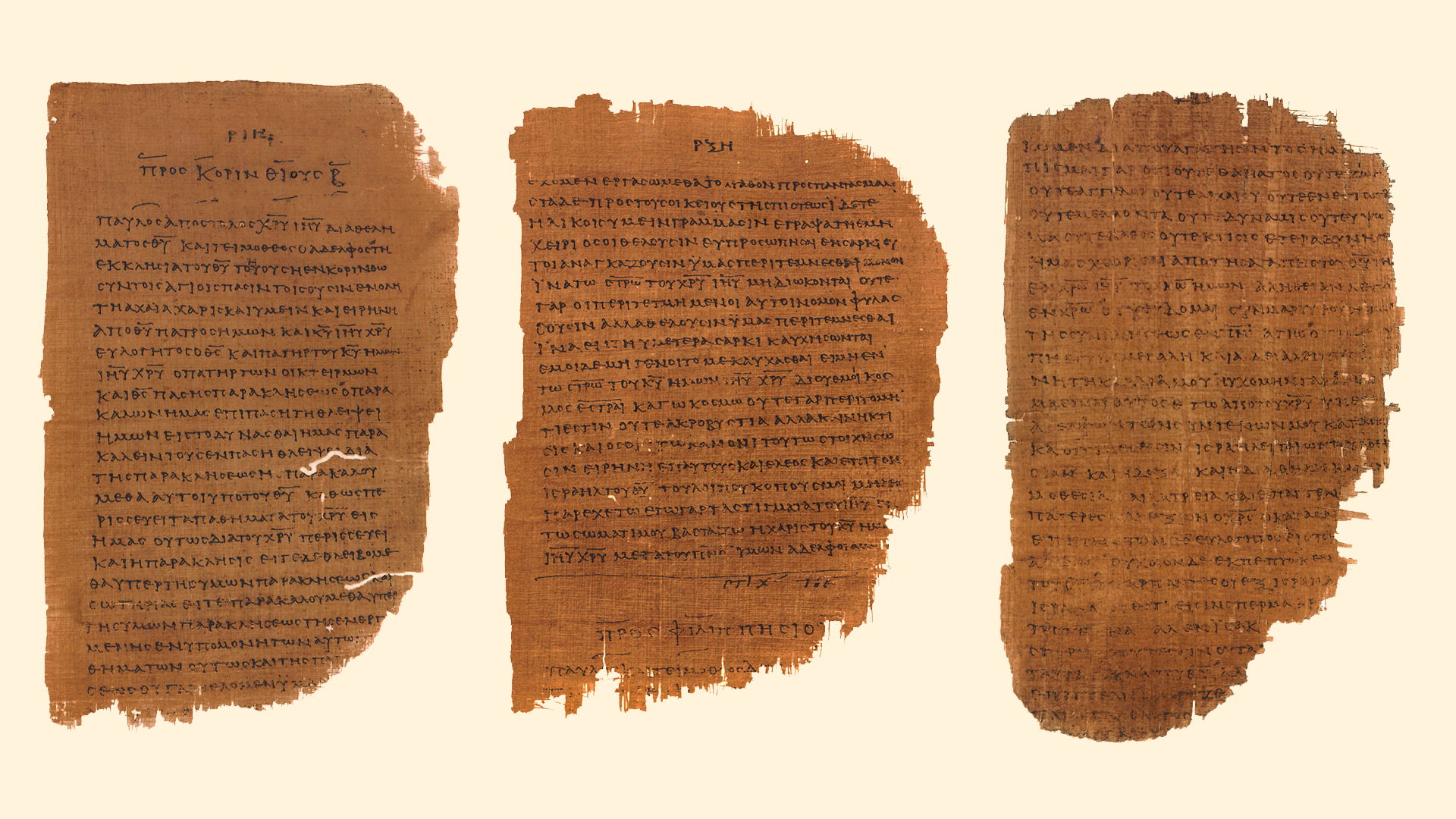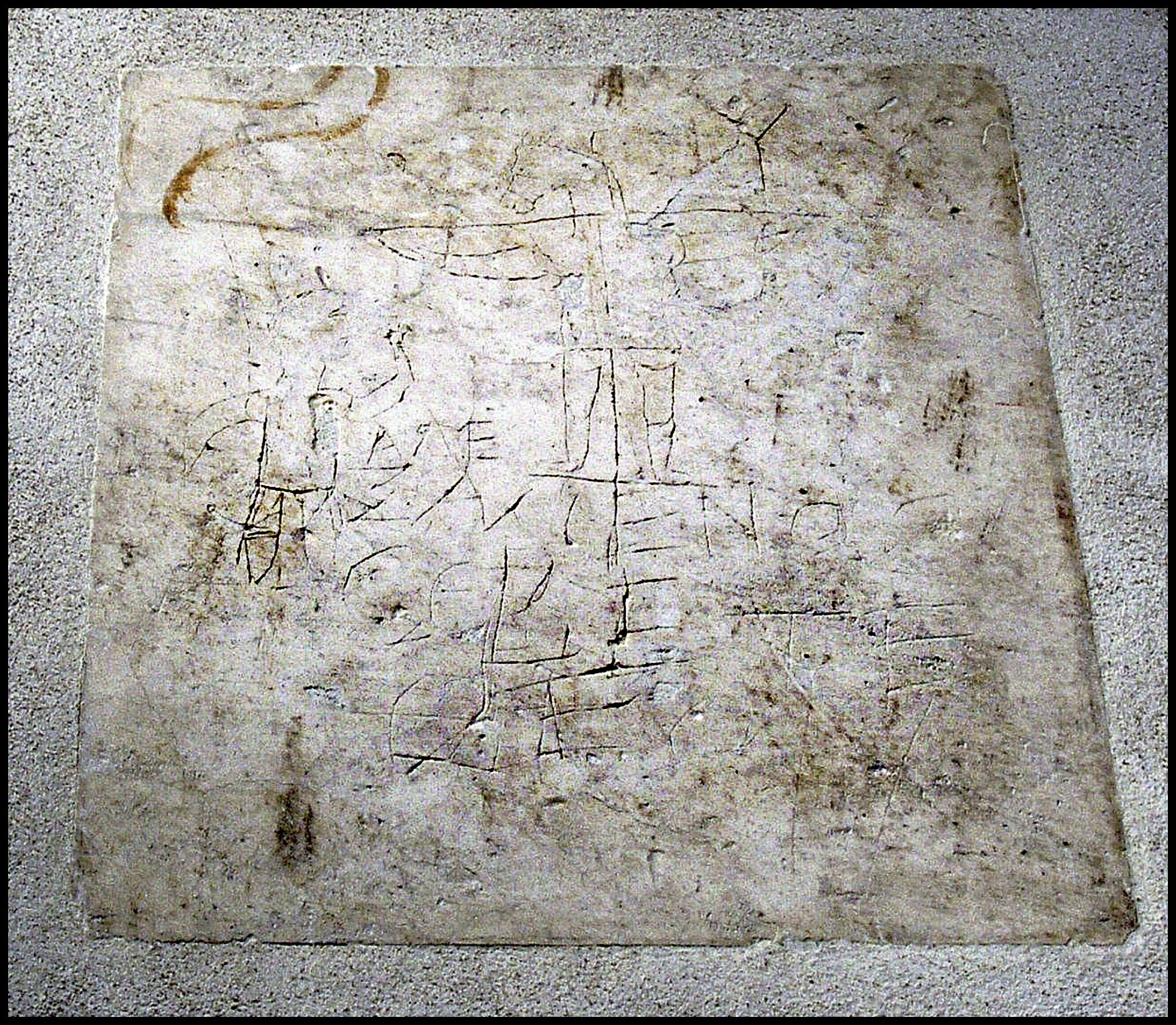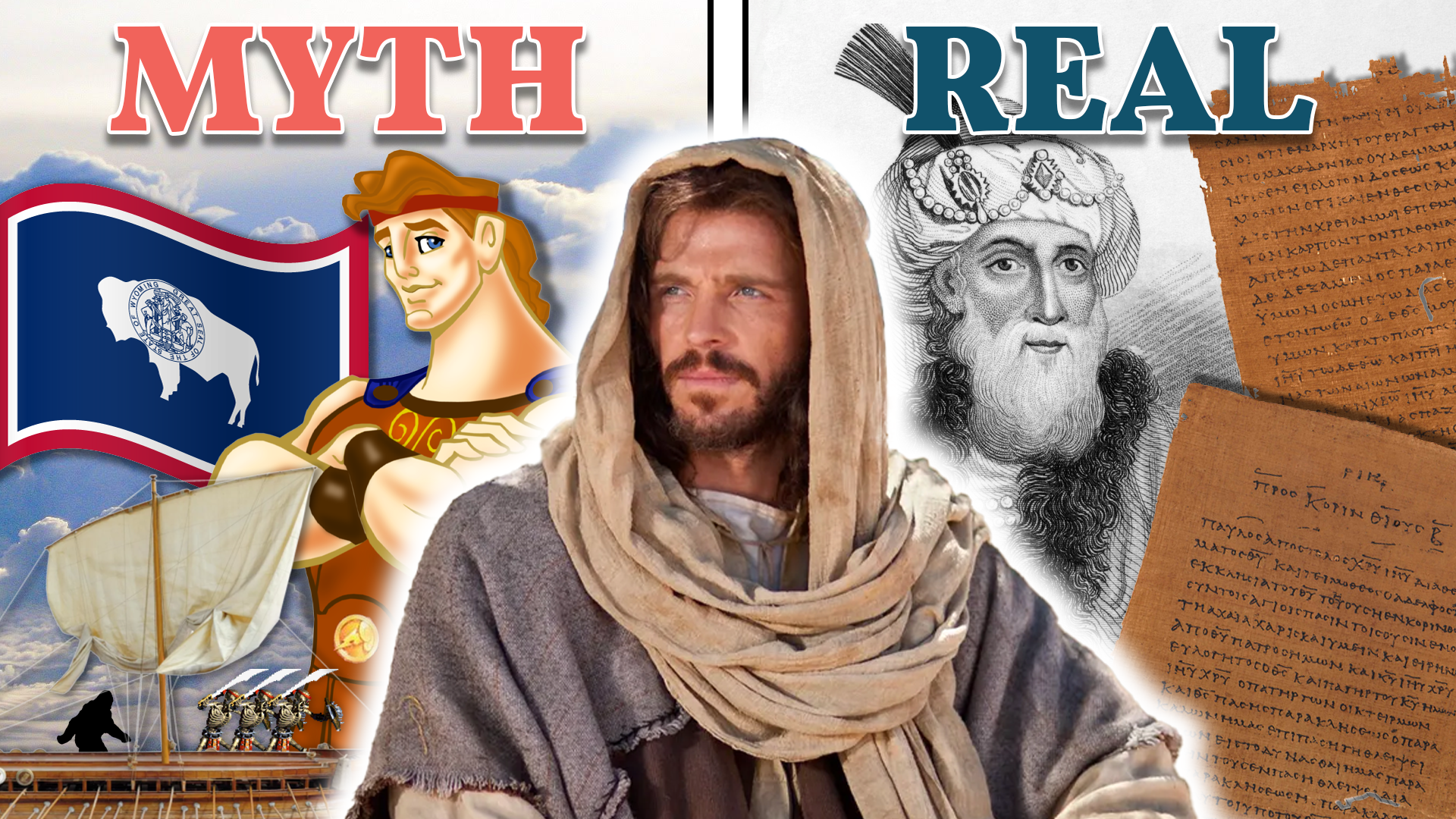Happy Easter! During Holy Week and Easter Sunday, Latter-day Saints are often prompted to keep Jesus Christ at the forefront of their minds, and His existence takes on special significance.
So, was Jesus a real person? It’s a question that comes up surprisingly often. While the majority of classicists, historians, and biblical scholars agree that Jesus of Nazareth was a real historical figure who lived and taught in Galilee and Judea, there’s still a lot of public curiosity—and sometimes confusion—about what evidence actually supports that claim.
At Mormonr, we’ve explored this topic before, but let's take a fresh look at the historical evidence of Christ and his ministry.
Beyond Faith: The Historical Evidence
Think of the evidence for Jesus' existence like a testimony—some elements come from scripture, others from external sources, but together they create a reliable witness.
This evidence falls into two categories: scriptural sources (like the New Testament accounts) and extra-scriptural sources (outside references to Christ and his followers). Both types matter, just in different ways. Together, they make not only people of faith but also secular historians confident in Jesus' reality.
The Biblical Breadcrumbs

When we talk about biblical evidence, Paul's letters are actually our earliest written sources—not the Gospels.
For example, the letter to the Galatians was written around 48-55 AD, just a couple of decades after Jesus' crucifixion and while many people who would have known him were still alive. These letters casually mention Jesus as someone readers would already know about. There, Paul describes seeing "James the brother of Jesus" in Jerusalem, the only Apostle he met there. In 1 Corinthians, likely written around the same time, he also recounts Jesus's last supper with the Apostles. Paul writes about these events matter-of-factly, not as though he's introducing new information.
Although we don’t have Paul’s original manuscripts (known as autographs), there are many early copies—a great example of this is P46, which dates to the third century. This gives scholars high confidence in their authenticity.
What's important here is the fact that these two stories are not miracles, only events. This makes them easier for Christian and non-Christian scholars to use (combined with other sources) as good evidence for the historicity of Jesus.
The Gospels themselves, written between roughly 70 AD and 100 AD, provide additional details about Jesus's life. While they contain theological interpretations and miraculous claims (which historians typically approach differently), they're still valuable historical documents. As religious scholar Bart Ehrman points out, these texts and their underlying sources show that people were discussing Jesus within just a few years of his death—not centuries later, as some internet theories suggest.
Interestingly, a group of scholars came together from 1985 to 1998 to identify the historical sayings of Jesus, now known as the Jesus Seminar. While controversial, this seminar also accepted the idea that Jesus was a historical figure and attempted to understand what information found in the Gospels could be attributed to the historical Jesus.
What Others Wrote

By the late first and early second centuries, non-Christian writers started mentioning Jesus Christ and his followers. For scholars, these references are particularly compelling because they come from people with no interest in promoting Christianity—some were even hostile to it.
For example, the earliest references came from a man named Josephus who wrote a history of the Jews titled "Antiquities of the Jews." While writing this circa 93 AD, Josephus mentioned Jesus twice, writing of his execution and his position as the Christ. While scholars debate whether later Christian copyists embellished these references, most historians agree that the original text did indeed reference Jesus as a historical figure who was executed.
In another instance, Roman historian Tacitus, writing around 116 AD, matter-of-factly notes that Christians were named after "Christus, from whom the name had its origin, suffered the extreme penalty during the reign of Tiberius at the hands of one of our procurators, Pontius Pilatus." This casual reference to the crucifixion comes from a non-Christian source.
Other examples come from a Roman lawyer and magistrate named Pliny the Younger (112 AD) and an ancient historian named Suetonius (121 AD). They mention followers of a man they call Christ or Chrestus and the disruptions they believed he caused.
There are some more tenuous references to Jesus as well—ones that only survive as quotations or references in later works. These include:
Byzantine historian George Syncellus referenced an earlier secondhand quotation that likely came from circa 50 AD and describes the day of Jesus' death.
In the second century, Christian theologian Origen referenced a critic of Christianity Celsus, who had talked about Jesus as a real person.
A Syrian philosopher, Mara bar Serapion, mentioned a wise king of the Jews who was killed before the kingdom of the Jews was destroyed. Unfortunately, scholars have not been able to come to any consensus on when it was written.
Between these and the biblical sources, most modern historians—both Christian and non-Christian—have concluded that Jesus was a real person.
The Myths About Myths

So, what about claims that the Jesus story is just stolen from other gods like Horus, Mithras, or Vishnu? These claims show up a lot online these days (and sometimes in movies) but have been spread in some form for at least three hundred years. It sounds fascinating—who doesn't love a good conspiracy theory?—but these parallels evaporate under scrutiny.
It sounds interesting and convincing to say that Horus had a virgin mother or that Mithras died and was resurrected, but when we look at the myths associated with these figures, they are actually not that similar to Jesus. In reality, most of these supposed parallels are either exaggerated, misunderstood, or entirely fabricated, and they don't hold up under serious historical or textual scrutiny.
Claims like "Horus had a virgin birth" or "Mithras was resurrected" either misrepresent the original myths or fabricate details. When you actually read these ancient stories, they're about as similar to Jesus' story as Disney’s Hercules is to the original Greek myth—sure, the names match and there's some fighting involved, but the tone, themes, and plot points are completely different. These kinds of connections don't hold up under serious historical or textual scrutiny.
History and Faith
With all of this in mind, most modern historians—both Christian and non-Christian—have concluded that Jesus was a real person. As Easter Sunday lingers, you can have confidence that yesterday's holiday commemorates a real person whose life and death are well-established.
But here's where we need to draw an important line: historical evidence can tell us that Jesus existed and give us some information about his life and teachings. But questions about his divinity, miracles, and resurrection belong to the realm of faith. While academic research confirms the historical reality of Jesus, our testimonies of His divine mission, atoning sacrifice, and literal resurrection come through the Holy Ghost.
Like Mormonr? Sign up for our newsletter to receive updates on the latest blog posts, Q&As, and Mormonr projects.


